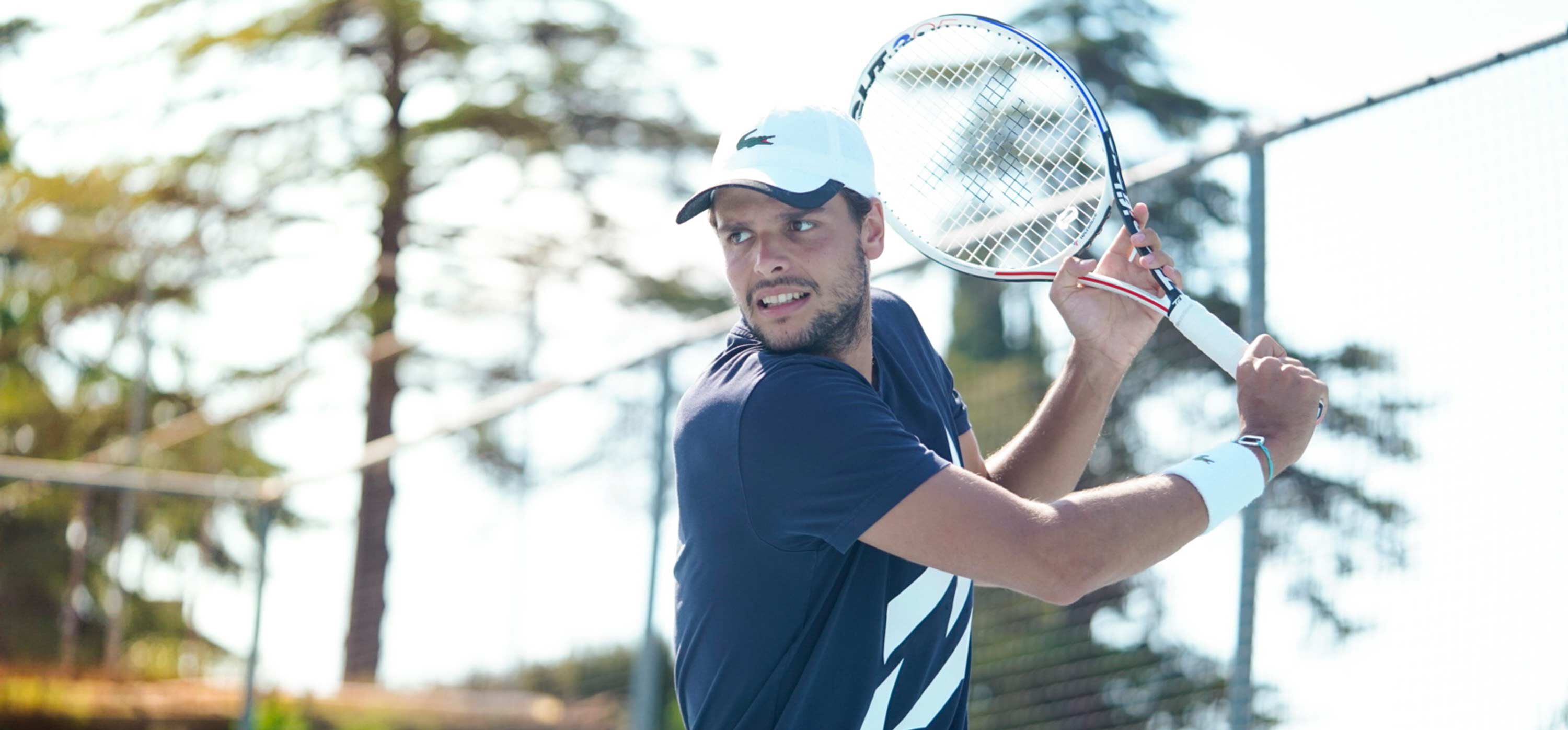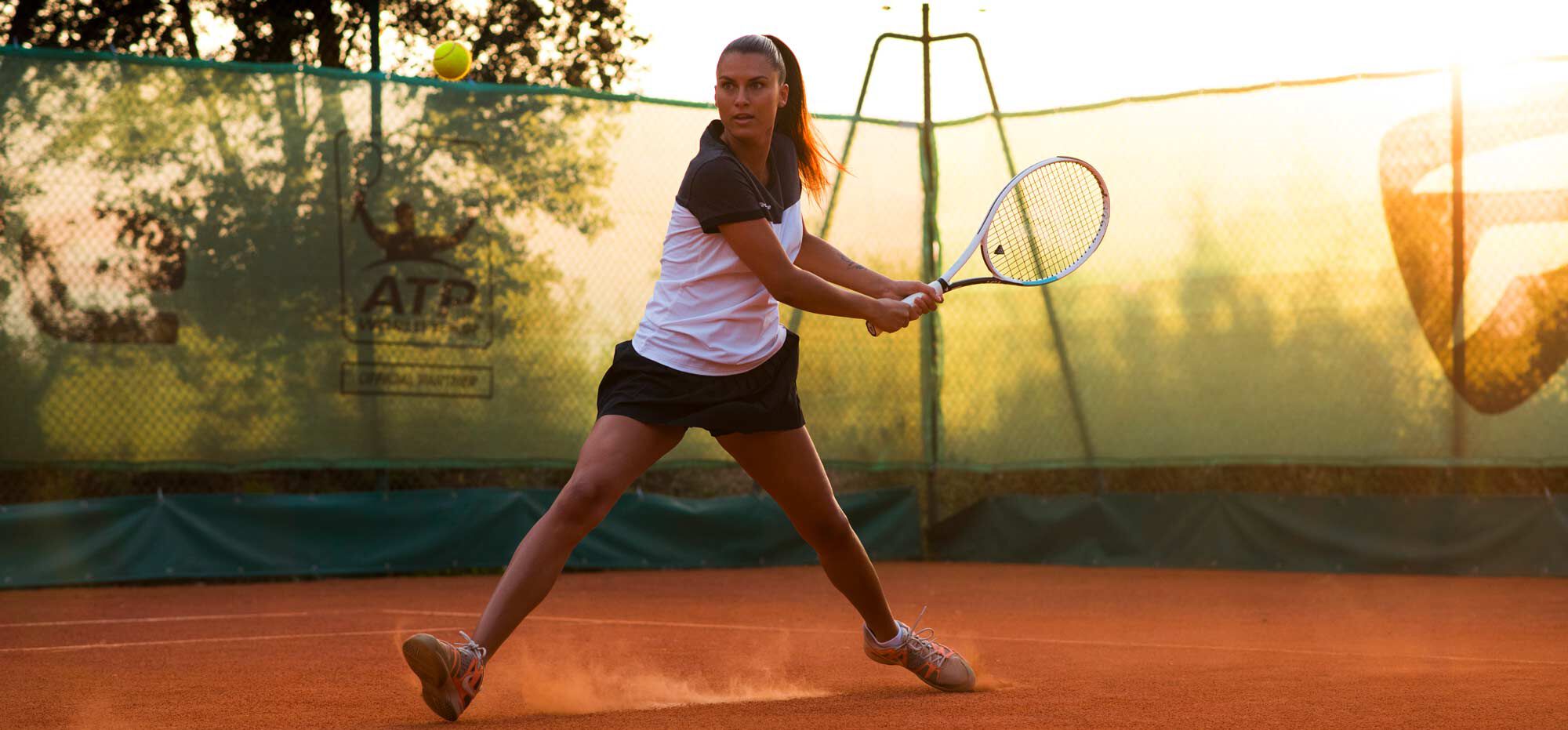TIPS TO SUCCEED IN THE TRANSITION BETWEEN JUNIOR AND ADULT RACQUETS
How to succeed in the transition between Junior and adult racquets?

A lot coaches and parents are facing this dilemma:
WHEN SHOULD MY STUDENT OR MY KID TRANSITION TO AN ADULT RACQUET?
Now, this will of course be based on the growth and the skill level of the player. However, what are the traps that should be avoided and the questions that should be asked to succeed in this transition?
Remember:
We are all competitors and we all recognize the way in which a racquet can bring power and stability to our game. It’s so rewarding for the child to get his first adult racquet. And yet…
Never underestimate, the role the racquet plays in the child’s learning process!
Is it better to focus on the skills that will help the kid later on, or should we prioritize the match he will win next week?
Will the biomechanical constraints of the adult racquet make his training harder? What about the dexterity, hand skills, volley in the feet, slice pass down the line, or even more the location of the serve required for adult racquets? Keep in mind that a longer racquet will be tougher to work with.
Quite often, we hear that is it important to stay with the ball, and take care of your swing. It’s true, but what impact can a racquet that is not too long, and not too heavy, have on the placement of the teenager’s swing ? How can he keep a performance distance with the ball when the handle is too long? We are seeing this a lot – that as the grip is closing more and more, the hands are opening and the anchor disappears, limiting precision and decreasing the end shot quality.
What can you do in these conditions to help the young player with slow growth against an opponent whose growth is much higher and stronger. Of course, you must take time to train and educate your student, but is there any risk of frustration or discouragement? In order to train a competitor, you also have to teach him how to win.

SIZE AND LENGTH: TWO KEY CRITERIA
Without a doubt, a kid with the proper build and technique will succeed in this transition. Every coach will have an impact at this stage. Today, there are a lot of light adult racquets. However, I advise every coach to pay close attention to the balance and the string.
On the kid’s part, there are a few solutions that will require a bit of playing around. For instance, if you put a little weight on a 26, maintaining a good balance, the young player will not have to bother with a longer racquet. This little addition of power and stability will give him the opportunity to face older opponents.